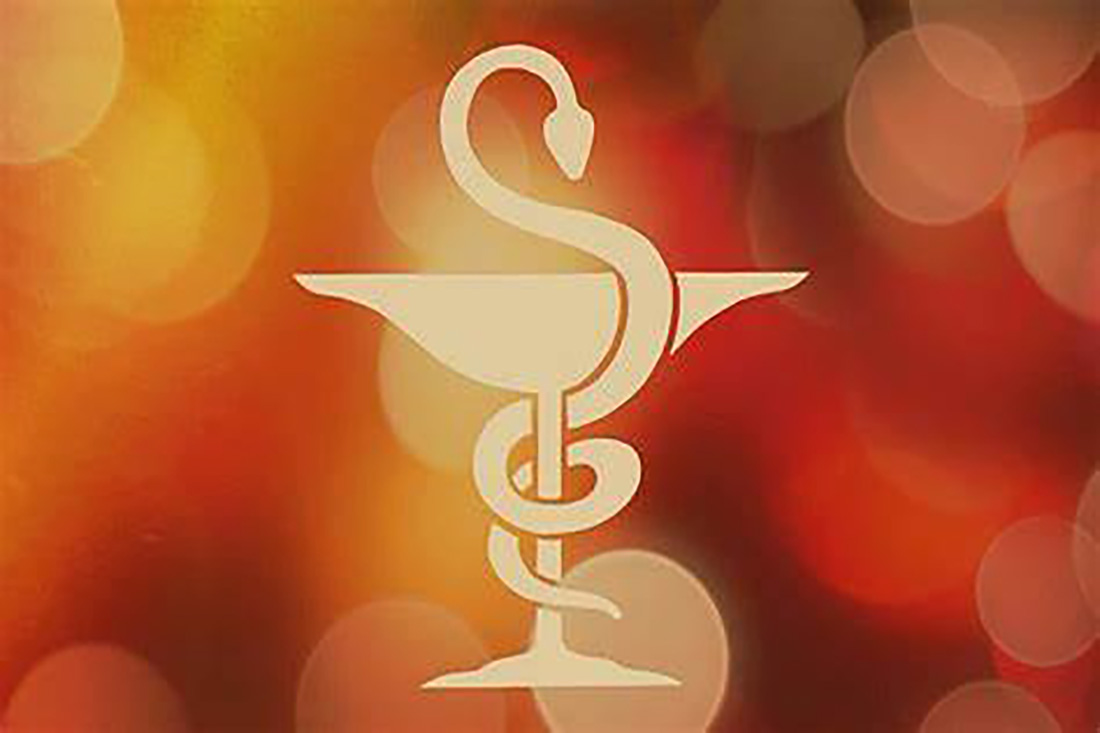In 1736, the first apothecary or pharmacy was established in Puerto Príncipe. Its owner was called Francisco Casado, as the record says.
After the secularization of the Royal and Pontifical San Gerónimo University of Havana in 1842, the institution’s studies were included and began to train bachelors, graduates and doctors in that specialty. Thus, the Pharmacy career could be considered as one of the first university careers in Cuba.
In 1833, the Royal Superior Governing Board of Pharmacy was founded to train pharmacists and authorize graduates from abroad to exercise the profession, being them the first regulated high school graduates, graduates and doctors in this specialty.
Background
When the European conqueror arrived on Cuban shores, he found, among other things, that the aborigines had a medicine and a primitive pharmaceutical practice, but their own. Pharmacy is the practice and science of the preparation, conservation, presentation and dispensing of medicines; it is also the place where medicinal products are prepared, dispensed and sold. It comes from the Greek fármakon, ‘medicine, poison, toxic’. This definition is the most universal and classic that overlaps with the concept of Galenic Pharmacy. Galen was a 2nd century Greek physician who was an expert in preparing medicines.
Institutionalization
From 1834 onwards, the best known pharmacists in Puerto Príncipe were: Juan Moya, Rafael Varela, Miguel Mojarrieta, José M. Porro, B. Andrades, J. Xiqués, N. Porro, Salvador Ramos, N. Rodríguez, S. Menendez and Felipe Garcia. A few years later, in 1847, general anesthesia with ether was introduced, after chloroform was used.
Diagnosis
To combat stomach pain, diarrhea and vomiting.
Method
Take a drachma of raw opium. Of catechum, two drachmas. ─ Measurement of weight used in pharmacy, equivalent to one eighth of an ounce, that is, three scruples or 3594 milligram(s) ─ Of pure tannin, six grams. Of roasted deer crow, nine ounces. Pulverize everything and divide into 216 equal pieces of paper. A piece of paper will be dissolved in two tablespoons of sugar water and given to the patient from hour to hour, as long as the referred symptoms do not cease; they will not take food or medicine until after four hours. You can take lukewarm water and sugar by using a spoon. At 24 hours he will begin to drink broths. If the stomach pain persists, he will not take the medicine, without first easing the symptoms, giving him warm water to drink. If the patient cools down, he will wrap himself in blankets scented with alhocemas and put synapisms of water and mustard on him.
Pediatric treatment
Children who are over two years old will take half of the piece of paper, and those who do not reach this age will take a fifth part. At the rate of two simple reales every six pieces of paper.
Pharmacists in the wars of independence
Doctors Enrique Álvarez Martínez stood out, who was part of the Military Health Corps, treated the sick and wounded and died of cholera in Camagüey in 1871, belonging to the Liberation Army. Dr. Eduardo García Pulido, an independentist, later established his pharmacy in Camagüey. Caroliano Sariol stands out, as well as Gregorio Menéndez, who sailed with his brother from New York in 1896. He came on one of the expeditions of General Emilio Núñez, operating in Camagüey with General Molinet until the end of the war. Due to his merits, he reached the rank of commander and took care of the War Kit.
By the end of 1897 there were 56 pharmacists in the entire Mambí army.
Bibliography
Abreu Ugarte, Jorge Eduardo (S/F) Experiencias aportadas por los médicos militares cubanos en las guerras por la independencia del siglo XIX, material en PDF.
Kouri, Jr., Yamil H. Las Instituciones Militares de Salud en Cuba durante la Guerra de Independencia (1895 – 1898), material en PDF.
Translated by: Aileen Álvarez García






